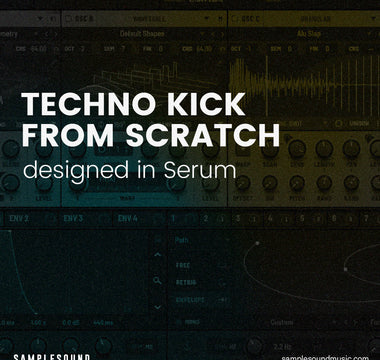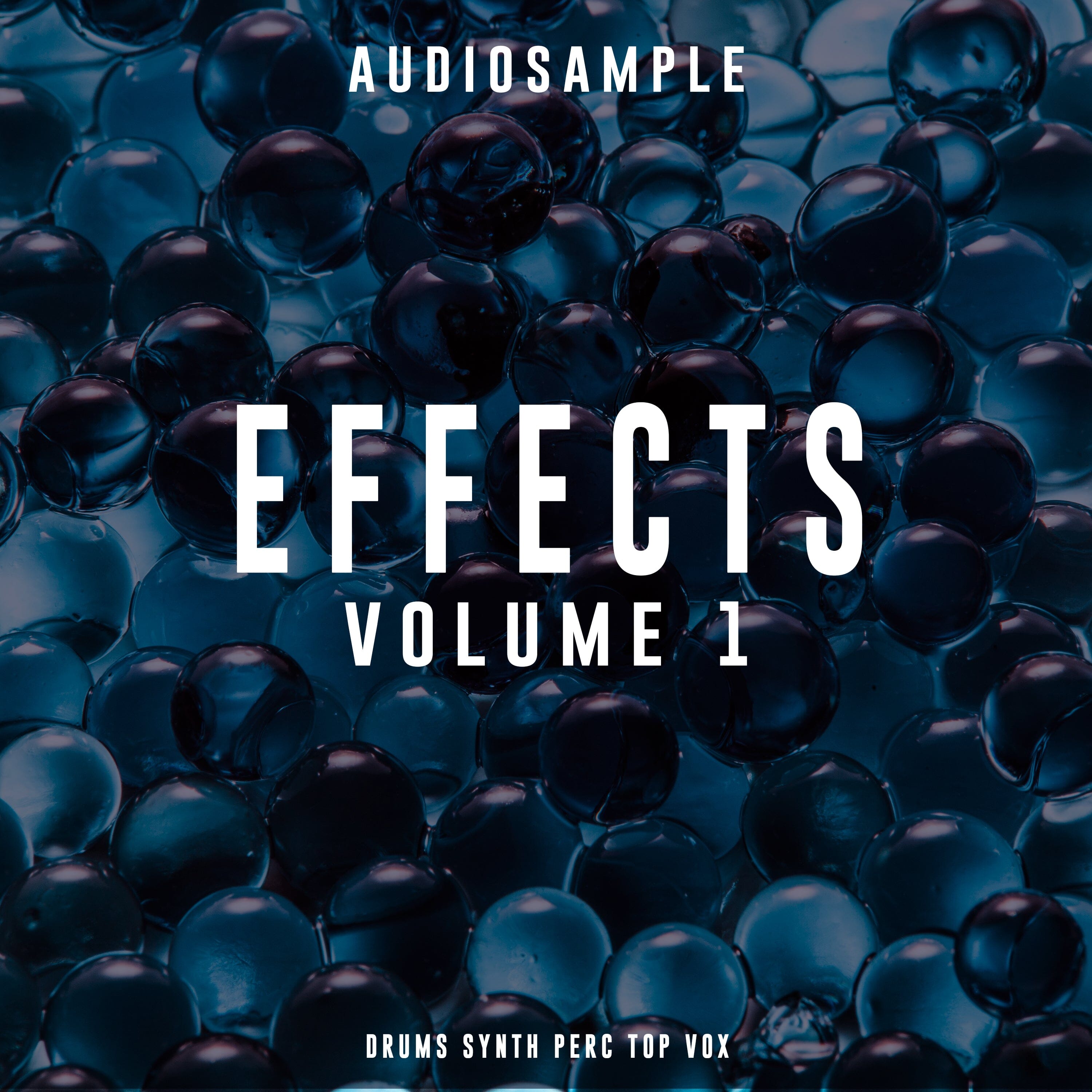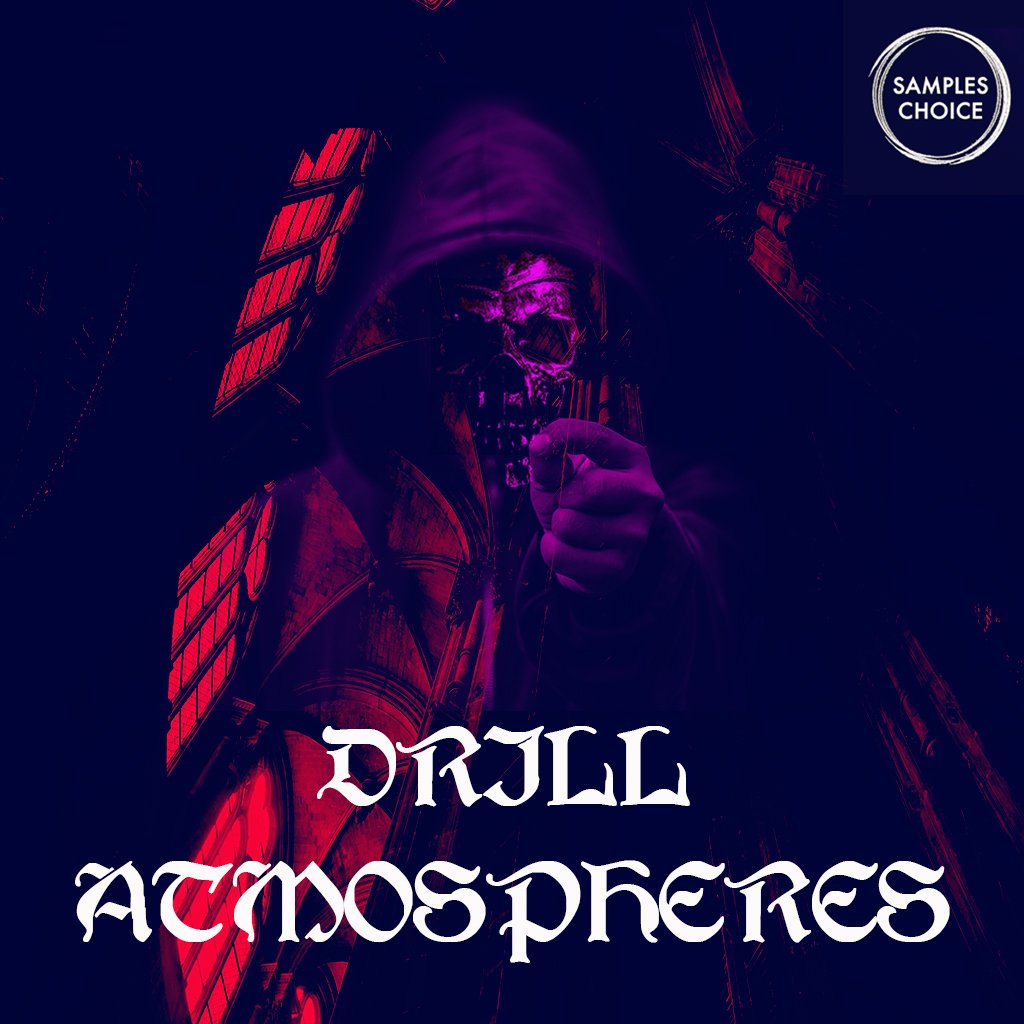Introduction to Mastering Techno Music
Mastering is a crucial step in the production process of techno music. It enhances your track's loudness, refines its dynamics, and ensures it's club-ready, delivering maximum impact on the dance floor. This article explores essential aspects of mastering techno, focusing on loudness, dynamics, and preparing your tracks for professional-level releases.
Fundamentals of Loudness in Techno
Loudness in techno refers to the perceived volume of your track, especially essential in club environments where your music competes with powerful sound systems. Achieving the right loudness helps your track grab attention and maintain energy without causing listener fatigue or distortion.

Key Dynamics Concepts for Electronic Music
Dynamics involve the variation in loudness and intensity throughout a track. In techno, dynamics preserve the emotional flow and energy, preventing the music from sounding flat or monotonous. Proper dynamic control helps keep your audience engaged by emphasizing tension, build-ups, and drops.
Essential Mixing Tips for Electronic Music
- Clean your mix: Remove unnecessary frequencies to create space and clarity.
- Balance levels: Ensure each element complements rather than overpowers others.
- Use compression wisely: Control peaks while preserving punch.
- Pay attention to stereo imaging: Enhance width without cluttering the mix.
- Refine your low end: Keep kick and bass elements tight for powerful groove impact.
These mixing tips lay the foundation for mastering electronic music effectively.
Balancing Loudness and Dynamics During Mastering
Achieving a loud, club-ready sound without sacrificing dynamics is a delicate process. Use compression and limiting moderately to preserve the track’s natural energy. Over-compressing can squash dynamics, making your techno track sound lifeless despite high loudness.
Employ subtle EQ adjustments during mastering to enhance clarity and presence, allowing your track to cut through in busy club soundscapes.
Tools and Techniques for Mastering Techno
Common mastering tools tailored for techno include:
- Compressors: For controlling dynamic range and adding punch.
- Limiters: To maximize loudness without clipping.
- EQ: For correcting frequency imbalances and enhancing key elements.
Modern plugins from leading brands provide precise control and transparency, essential for electronic music mastering. Explore powerful mastering tools available in the Sample Sound music software plugins collection to elevate your workflow.

Ensuring Club Readiness: Technical Standards and Formats
Mastering your techno tracks for club play requires attention to specific technical standards:
- Peak Levels: Avoid exceeding 0 dBFS to prevent distortion.
- RMS and LUFS: Aim for a balanced loudness level; around -8 to -6 LUFS is typical for techno.
- File Formats: Provide high-quality WAV or AIFF files along with appropriate metadata.
Meeting these standards ensures your tracks sound consistent and powerful on club sound systems worldwide.
Common Mistakes to Avoid When Mastering Electronic Music
- Over-limiting: Crushing dynamics leads to a fatiguing listen.
- Ignoring the low end: Poor bass control can muddy your mix.
- Using aggressive EQ boosts: Can introduce harshness and imbalance.
- Neglecting reference tracks: Always compare your master to professionally released techno tracks.
- Skipping quality checks: Testing your master in multiple playback systems is critical.
Tips for Final Quality Checks Before Release
- Listen on various sound systems, including club monitors, headphones, and car stereos.
- Check for any distortion or unwanted artifacts at high volumes.
- Use metering tools to verify loudness and dynamic range.
- Request feedback from fellow producers or DJs experienced in techno.
Performing these steps ensures your master is optimized for real-world playback and club performance.
Conclusion: Mastering Your Techno Tracks for Maximum Impact
Mastering techno music effectively combines loudness, dynamic control, and technical precision to deliver club-ready tracks that energize dance floors. By applying proper mixing tips, using the right tools, and understanding key mastering principles, you can create powerful, engaging techno releases.
Explore useful sample packs and tools in the Techno collection to inspire and complement your mastering process.
FAQ
What loudness level should I target when mastering techno?
Generally, aim for around -8 to -6 LUFS to ensure your track is loud enough for clubs without sacrificing dynamic range.
Can I master techno tracks without professional equipment?
While professional gear helps, high-quality software plugins available at Sample Sound can provide excellent results when used carefully.
How important is dynamic range in electronic music mastering?
Dynamic range is essential to maintain energy and interest in your track, preventing listener fatigue and preserving emotional impact.
Should I master my own tracks or hire a professional?
If you have the skills and trustworthy reference tracks, self-mastering is possible. However, a professional mastering engineer can offer valuable objectivity and polish.
What are common pitfalls to avoid during techno mastering?
Avoid over-limiting, uncontrolled bass frequencies, harsh EQ boosts, and neglecting thorough playback tests to prevent a suboptimal final master.
















